A fun hands-on game students can play to consolidate their knowledge of subtracting from 10.
Use this board game when exploring subtracting from 10 number facts with your students.
A fun game played in pairs where the aim is to be the first player to reach the ‘Finish’ line.
How to Play
- Students select a counter each and place their counters on the ‘Start’ line.
- They then take turns to roll the dice or spin the spinner provided and follow the direction given.
- If they move forward, they must answer the number problem that the counter lands on.
- Correct answers can keep the counter in the same place. Incorrect answers move their counters back to the previous place on the game board.
An instruction page with a dice and an instruction page with a spinner is provided with this resource.
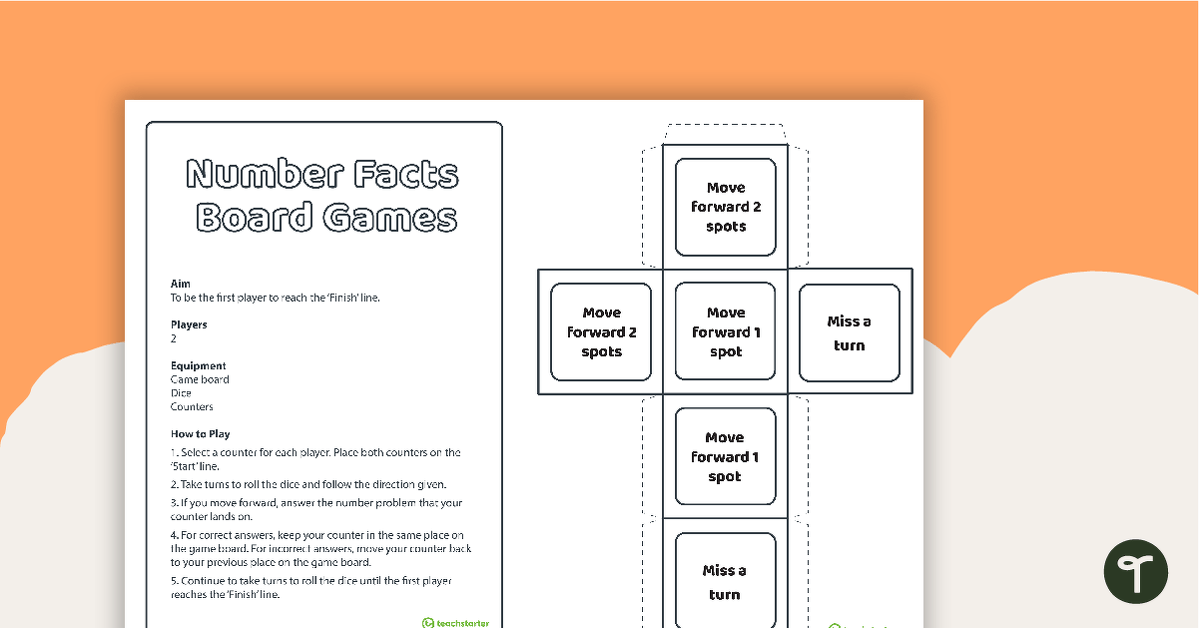
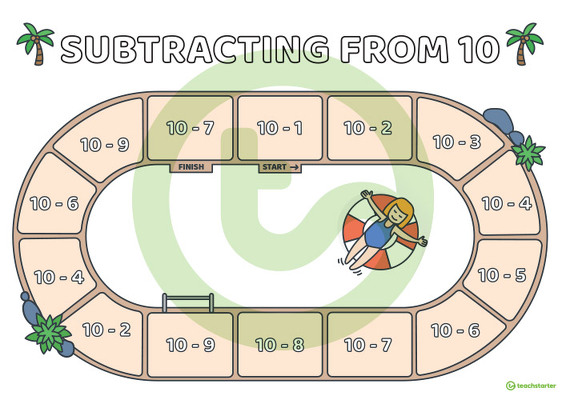
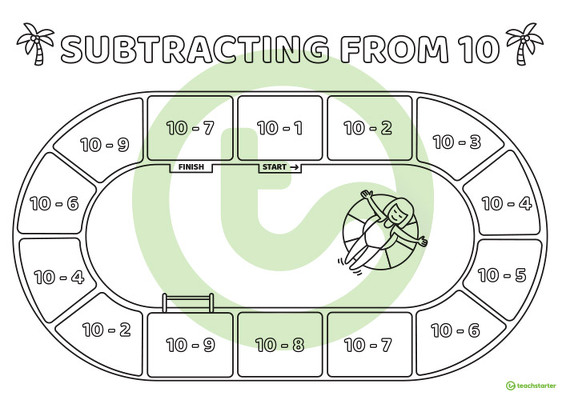

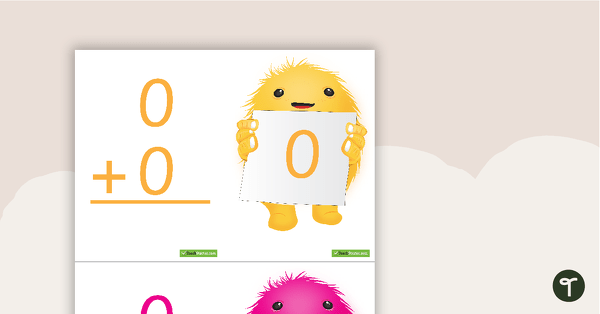
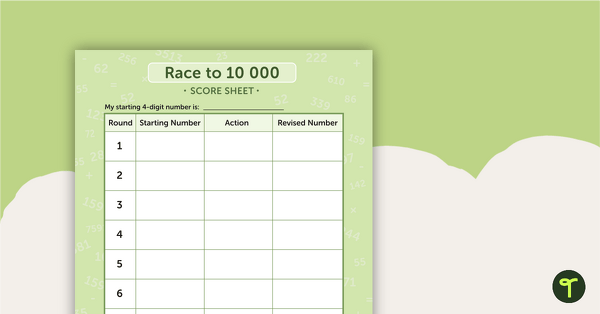
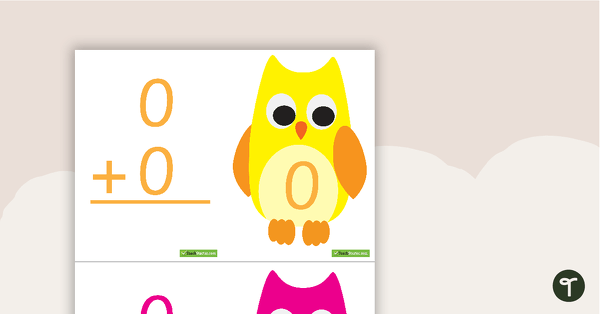
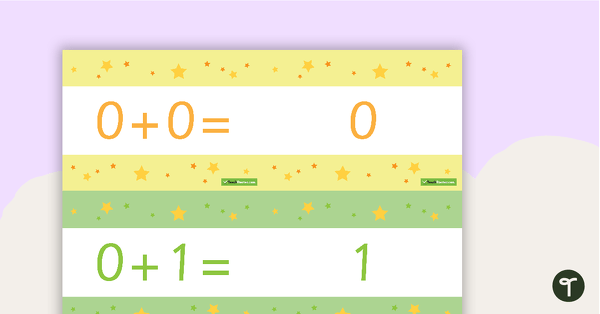
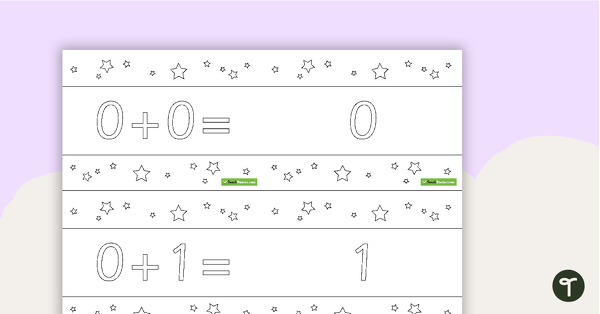
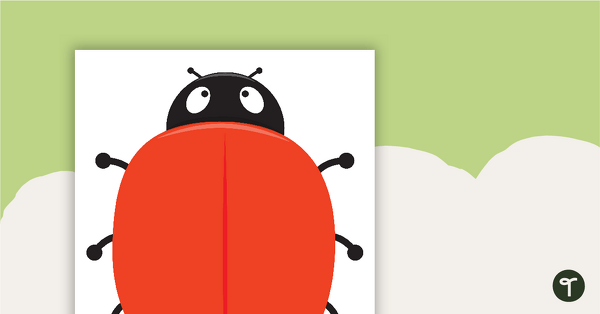
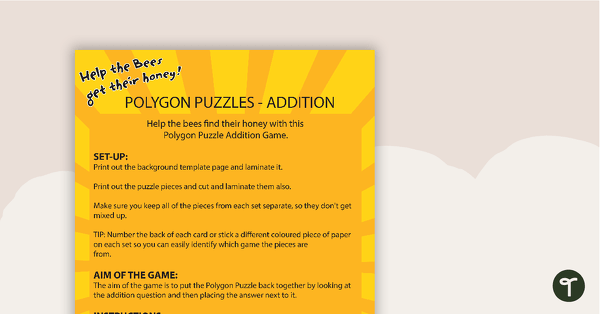
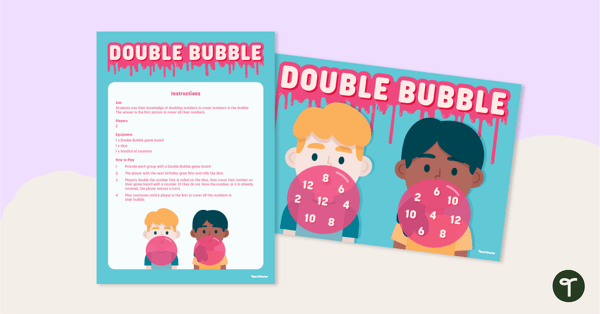
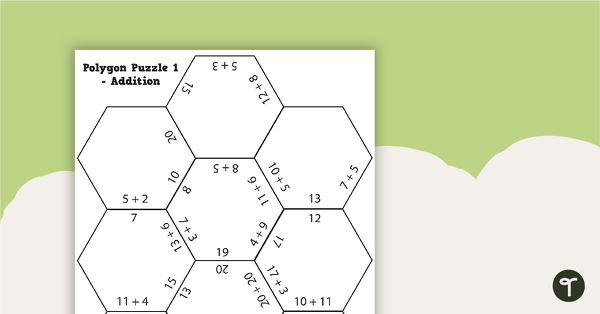
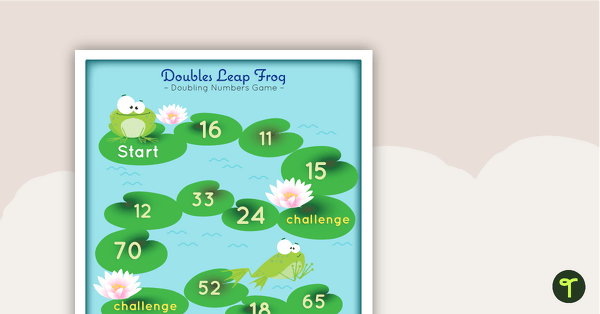
Thanks for this set of games, they're great :) Handy for the maths games boxes the kids use when they come into the classroom in the mornings.
You're most welcome Caroline, We are so glad to hear that they are useful to you!